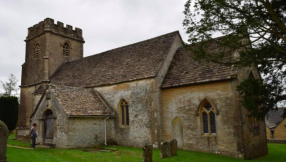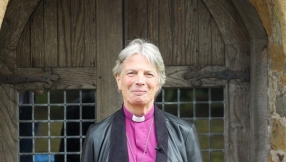Churches urged to protect biodiversity in their churchyards
An estimated two thirds of the Church of England’s churches – around 10,000 – have churchyards, which collectively cover the space of a small national park.
David Shreeve, the Church of England’s national environment adviser, said churchyards were a “vital” biodiversity resource.
“Churchyards can be a vital biodiversity resource often containing a variety of wildlife which are unique to the area and many manage their land in such a way to celebrate the diversity of life,” he said.
“Whilst there are areas needing to be mown, many churchyards can also be managed to provide excellent wildlife areas.”
The advice follows the decision by the Church of England’s national environmental campaign, Shrinking the Footprint, to sign up to the United Nations’ International Year of Biodiversity.
The Church of England said thousands of its churchyards were contributing to the biodiversity of the country in ways that did not compromise respect for family and friends of those buried there.
All Saints, Odell in the Diocese of St Albans won an award from the Campaign to Protect Rural England for its community-led conservation project, which included ‘adopt a grave’. In the Diocese of London, a section of the churchyard at St Andrew’s Fulham Fields was given over to the creation of a wildlife garden out of plants and objects that were mostly donated or found locally.
St Peter and St Paul with St Andrew, Flitwick, in the Diocese of St Albans has recorded more than a hundred species of wildflowers in its churchyard.
Judith Evans promoter of the Living Churchyard scheme for St Albans said churchyards made a huge contribution to the biodiversity of the country at the same time as engaging and educating the wider community.
“They often support species of plants and animals which have disappeared from the surrounding area, or are capable of so doing,” she said.
“Many churches in the diocese and nationally are managing their churchyards in an environmentally-friendly way, often with the help of their local wildlife trusts, but they are still in the minority.
“In the International Year of Biodiversity we hope to make them the majority to demonstrate that the church really cares about God's creation.”
Almost 1,000 organisations have signed up to the International Year of Biodiversity, which celebrates the variety of life on Earth.













